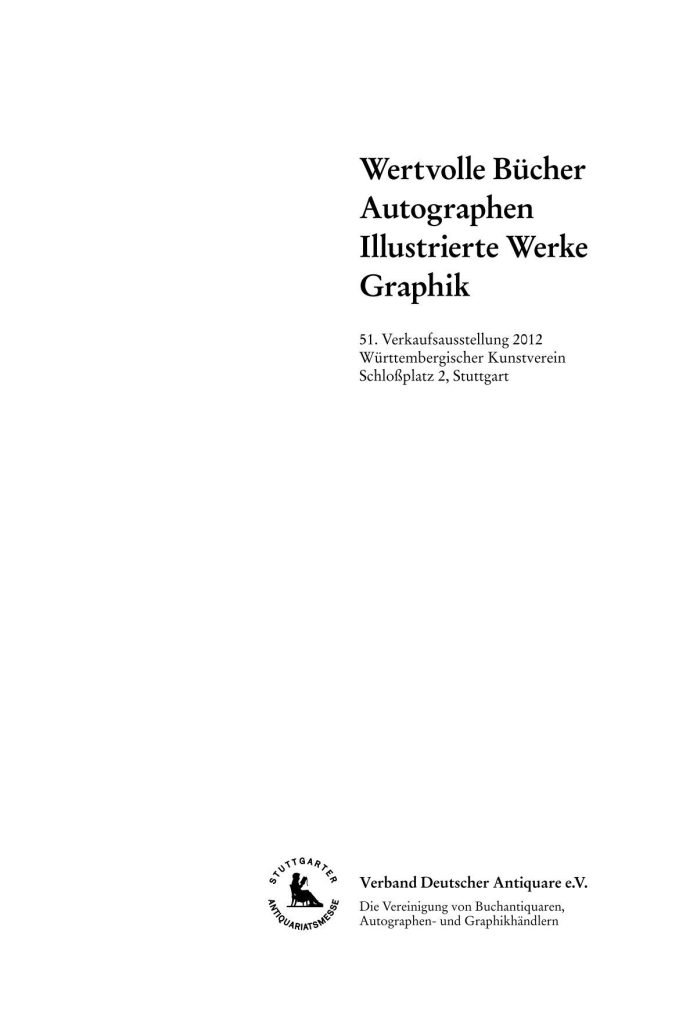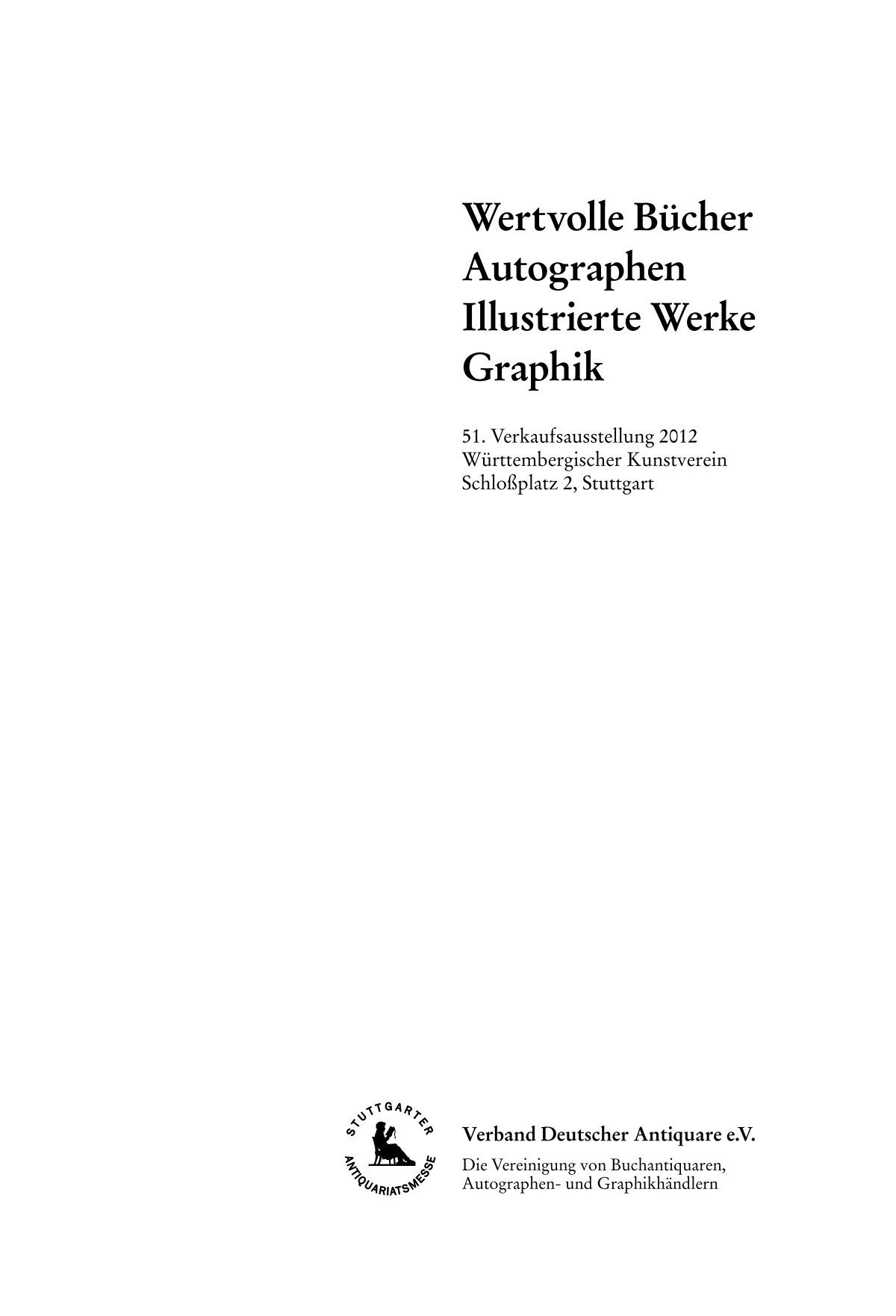
New Monograph Investigates the Distinguished Career of Photographer Louis Stettner

## Louis Stettner: A Renowned Photographer Worthier of Greater Acknowledgment
Within the realm of 20th-century photography, certain names frequently dominate the conversation, such as Henri Cartier-Bresson, Dorothea Lange, and Walker Evans. Nevertheless, one photographer who arguably merits equal acknowledgment, yet remains significantly overlooked, is Louis Stettner. Famous for his poignant images taken in New York, Paris, and various other global locations, Stettner’s oeuvre delivers a distinctive perspective on the intricate emotional dynamics between individuals and their urban surroundings.
### The Monograph Showcasing Stettner’s Heritage
Thames & Hudson has recently released a monograph aimed at rectifying the lack of recognition for Stettner’s impact on photography. Simply named *Louis Stettner*, the volume serves as an extensive exhibition of his artistry across multiple decades, encompassing around 190 photographs organized in chronological order. With thoughtful insights from writers Sally Martin Katz, David Campany, Karl Orend, and James Iffland, the book invites readers on a visual and intellectual exploration of Stettner’s extensive body of work.
#### A Narrative Intertwined with Images and Prose
The curators and authors have meticulously crafted a narrative surrounding Stettner’s art, demonstrating how his photographic style reveals the concealed essence of city life. In the opening essay of the book, Katz raises a pivotal question: *“Why is Louis Stettner not a household name?”* As Katz observes, Stettner’s work spans the entirety of the 20th century, yet his public profile has never fully reflected his skill. He referred to himself as “the world’s best-known unknown photographer,” and until recently, he was mainly celebrated by photography experts and passionate aficionados.
### Stettner’s Distinct Perspective on Urban Existence
Stettner’s talent for capturing the quintessence of life in bustling cities like New York and Paris distinguishes him from others. His creations portray the grand architectural wonders of the metropolis while simultaneously seizing the intimate instances of personal contemplation that happen within them. For instance, his iconic *Brooklyn Promenade* (1954) image conveys both the expansive beauty and underlying solitude often felt by those standing in New York’s impressive skyline. Although the auditory chaos of a vibrant city—newspapers rustling, subway cars clattering, and footsteps reverberating in alleyways—cannot be perceived in his works, Stettner’s images evoke these unseen aspects remarkably through their atmosphere.
### An Expanding Horizon: Color Photography and Rarely Seen Works
Even though Stettner is primarily recognized for his black-and-white photos, *Louis Stettner* also incorporates some of his lesser-known color works, many of which have not been published before. These color images introduce a new dimension to his oeuvre, broadening the visual tapestry of his often gritty, frequently poetic portrayals of urban and rural life. The combination of his signature black-and-white pieces with these newly uncovered images allows the monograph to present a comprehensive view of Stettner’s artistic journey.
### The Photo League’s Impact on Stettner’s Aesthetic
A significant influence on Stettner’s artistic evolution came from his participation in the Photo League, a collective of photographers in New York with a vital role in documentary and street photography during the mid-20th century. It was here that Stettner refined his eye for socially aware storytelling, frequently discovering beauty or commentary where others might not. He learned alongside influential figures like Sid Grossman, who became a close friend and mentor.
The Photo League’s emphasis on everyday individuals and communities resonates with Stettner’s thematic selections. His compassionate depictions of working-class lives, such as *Pepe & Tony, Spanish Fishermen, Ibiza* (1956), reflect profound empathy and an acute awareness of the societal transformations taking place in post-war Europe and America.
### The Multi-faceted City: Architecture, Infrastructure, and Humanity
Stettner’s photographs excellently illustrate how urban structures influence human experiences. His 1958 image *Commuters, Evening Train, Penn Station* vividly captures the exhaustion and tension of New Yorkers unwinding after a long workday, set against the famous backdrop of the city’s bustling transportation network. Even in stasis, the photograph radiates the dynamic energy of a metropolis.
His other works, such as the 1951 *Boulevard de Clichy, Paris*, explore similar ideas, showcasing how architecture, weather, and light combine to create an emotional environment. Thus, Stettner’s artistry encapsulates not only the tangible city but also the psychological “urban experience”—the reflective moments of introspection that emerge amidst the cacophony of urban life.
### A Window into the Inner Lives of His Subjects
While most of his work centers on the interplay between individuals and the city, Stettner’s images provide insight into personal emotions.